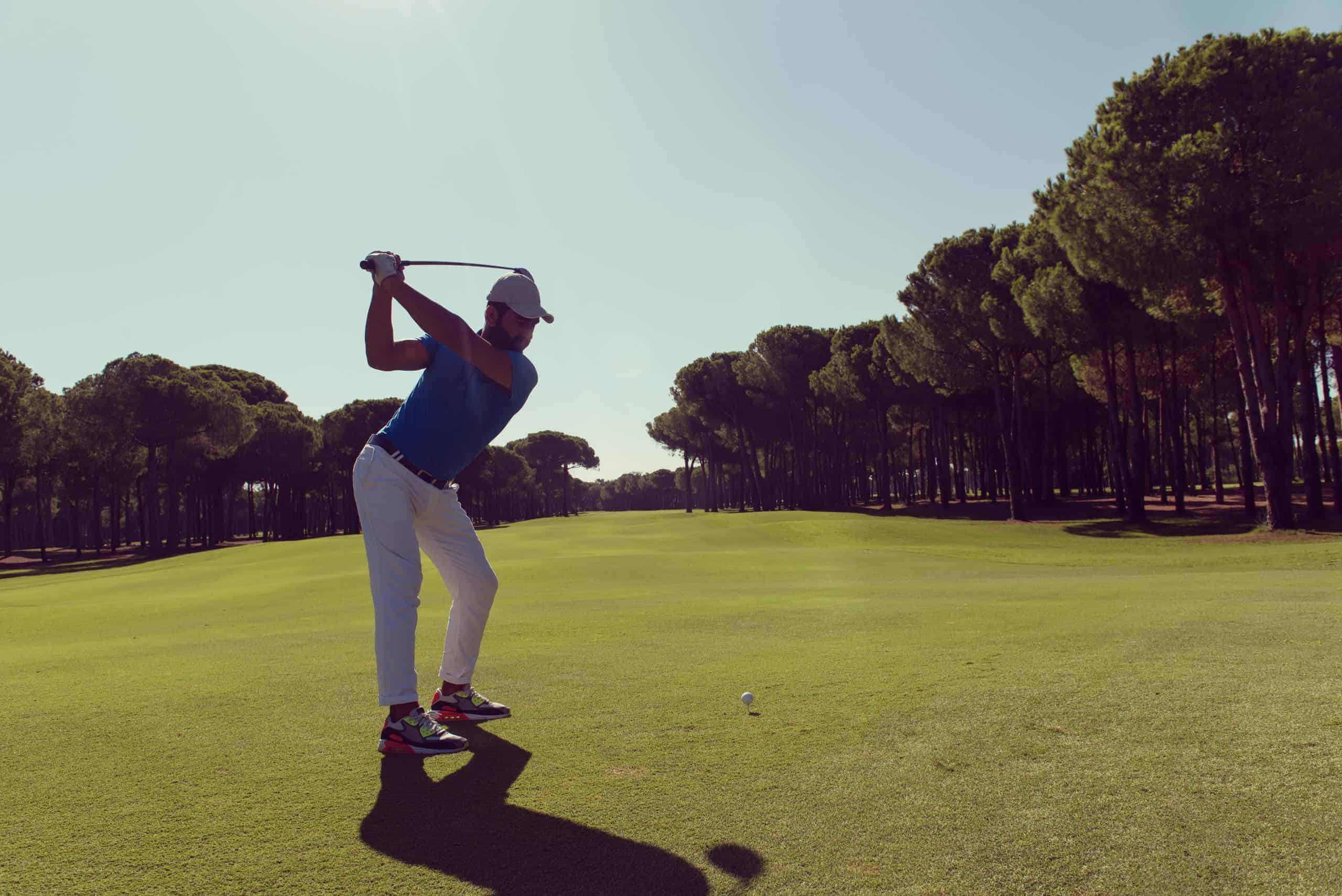6 Ways to Avoid TFCC Injuries
With nearly 60 million golf enthusiasts throughout the world, TFCC injuries in golf are a common occurrence among players of all skill levels.

What is a triangular fibrocartilage complex (TFCC) tear or sprain?
The wrist is made up of the ends of the two forearm bones, the ulna and radius, and eight small bones called carpals. The radius, which is located on the thumb side, forms a joint directly with the wrist bones. The ulna, however, which is on the pinky side, does not. Instead, a hammock-like structure made up of cartilage and ligaments called the triangular fibrocartilage complex (TFCC) joins the ulna to the small wrist bones. The TFCC stabilizes the bones in the wrist, acts as a shock absorber and enables smooth movements. A TFCC tear or sprain occurs when this area is strained due to an injury or to overuse.
TFCC injury in golf is often the result of:
- Swinging off of hard surfaces (such as mats or hard ground)
- Hitting a “fat shot” (where too much of the turf is taken while playing a shot)
- Striking immovable objects such as tree roots or rocks
- Having a weak (open) grip
- Over swinging
Symptoms of triangular fibrocartilage complex (TFCC) tears or sprains
- Loss of grip strength
- Instability in the wrist
- Clicking noise in the wrist area
- Wrist pain
6 Ways to Avoid Wrist Injury while Golfing
- Warm up with stretches, gradually increasing to your peak activity level
- Don’t overdo it. Repetitive strain is a common cause of injury
- Learn proper grip techniques
- Reduce extreme wrist angles at the top of your back swing and at impact
- Avoid swing faults such as scooping, casting and chicken winging
- Steer clear of hitting immovable objects
If You Do Get Injured – Treating TFCC Wrist Pain
Treatment depends on the extent of the injury. Seek an opinion from a Sports Physiotherapist or Sports Physician. These specialists can assess your wrist to determine what is causing the pain. An MRI or X-ray may be needed to confirm a diagnosis.
If the injury is severe, surgery to reconstruct the TFCC may be necessary, but most cases of TFCC tears or strains can be treated with conservative measures:
- Rest
- Immobilizing the wrist with a Bullseye Wrist Band
- Applying ice
- Taking non-steroidal anti-inflammatory medicines (NSAIDs)
- Steroid injection
- Physical Therapy
References:
- https://www.coastalorthoteam.com/blog/golf-injuries-most-common-how-to-prevent-therapies-for
- https://www.hss.edu/golfportal/tips-for-protecting-your-wrist-on-the-golf-course.htm
- https://www.mytpi.com/improve-my-game/swing-characteristics/scooping_v2
- https://www.mytpi.com/improve-my-game/swing-characteristics/casting_v2
- https://www.golfwrx.com/60319/how-to-fix-the-dreaded-chicken-wing/
